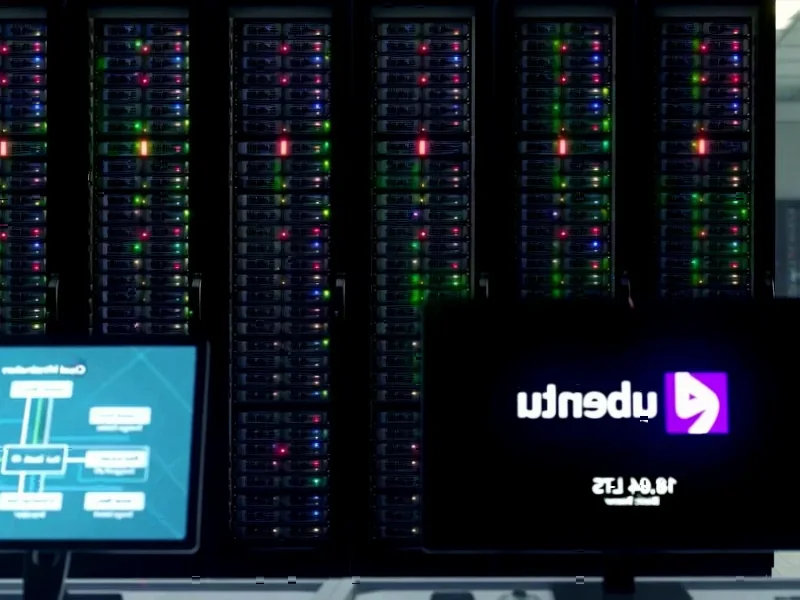According to Kotaku, programmer Ólafur Waage revealed at the Ubuntu Summit how a team successfully ran Doom on the European Space Agency’s OPSAT satellite last year. The project involved not only getting the classic game running in orbit but also replacing Doom’s hellish backgrounds with real Earth images captured by the satellite itself. Georges Labrèche, a spacecraft operations engineer at ESA, initiated the collaboration while Waage was working on porting Doom to C++. The team used machine learning to process Earth images into Doom’s limited 256-color palette and achieved software rendering on the satellite, which uses mostly off-the-shelf computer parts in a suitcase-sized package. This demonstration marks a significant milestone in what’s possible with accessible space computing platforms.
The Democratization of Space Computing
What makes this achievement particularly significant isn’t just the novelty of playing Doom in orbit, but what it reveals about the changing economics of space technology. The OPSAT satellite represents a new class of accessible orbital platforms that use commercial off-the-shelf components rather than expensive, radiation-hardened space-grade hardware. This shift mirrors the early days of personal computing, where hobbyist systems eventually evolved into the foundation of modern computing. As space hardware becomes more accessible, we’re likely to see an explosion of experimental projects that previously would have been cost-prohibitive.
Beyond the Game: Practical Applications
While running Doom on a satellite makes for great headlines, the underlying technology has serious implications for future space missions. The ability to dynamically process and display Earth imagery in real-time using the satellite’s own computational resources demonstrates capabilities that could revolutionize Earth observation. Imagine satellites that can autonomously identify weather patterns, monitor environmental changes, or detect emergencies without ground station intervention. The machine learning techniques used to adapt Earth imagery to Doom’s color palette could be applied to optimize data transmission, reducing the bandwidth needed for Earth observation while maintaining image quality.
The Future of Orbital Software Development
This project signals a fundamental shift in how we approach space software development. Traditionally, space software has been rigorously tested on the ground with limited in-orbit experimentation due to risk aversion and cost constraints. The success of projects like this, as detailed in Waage’s presentation, suggests we’re entering an era where orbital testing becomes more commonplace. Within the next 2-3 years, I predict we’ll see the emergence of standardized development platforms for small satellites, complete with testing frameworks and deployment pipelines that treat orbital hardware as just another deployment target.
The Coming Regulatory Challenges
As space computing becomes more accessible, we’re heading toward inevitable regulatory challenges. Currently, most space software operates under strict controls with extensive ground testing. The ability to deploy and test software on orbital platforms opens questions about security, reliability, and space debris management. Within the next 18 months, I expect to see the first regulatory frameworks addressing in-orbit software updates and experimental deployments. The space industry will need to balance innovation with safety, particularly as the number of operational satellites continues to grow exponentially.
Commercial Implications and Market Shifts
The demonstration of complex software running on accessible orbital hardware suggests we’re approaching a tipping point for space-based services. Companies that previously couldn’t afford dedicated satellite missions may soon be able to rent computational time on shared orbital platforms. This could enable everything from real-time global logistics tracking to distributed computing networks that leverage orbital assets. The technology demonstrated by the Doom project could evolve into a new class of orbital edge computing services within the next 24 months, creating opportunities for startups and established tech companies alike.




